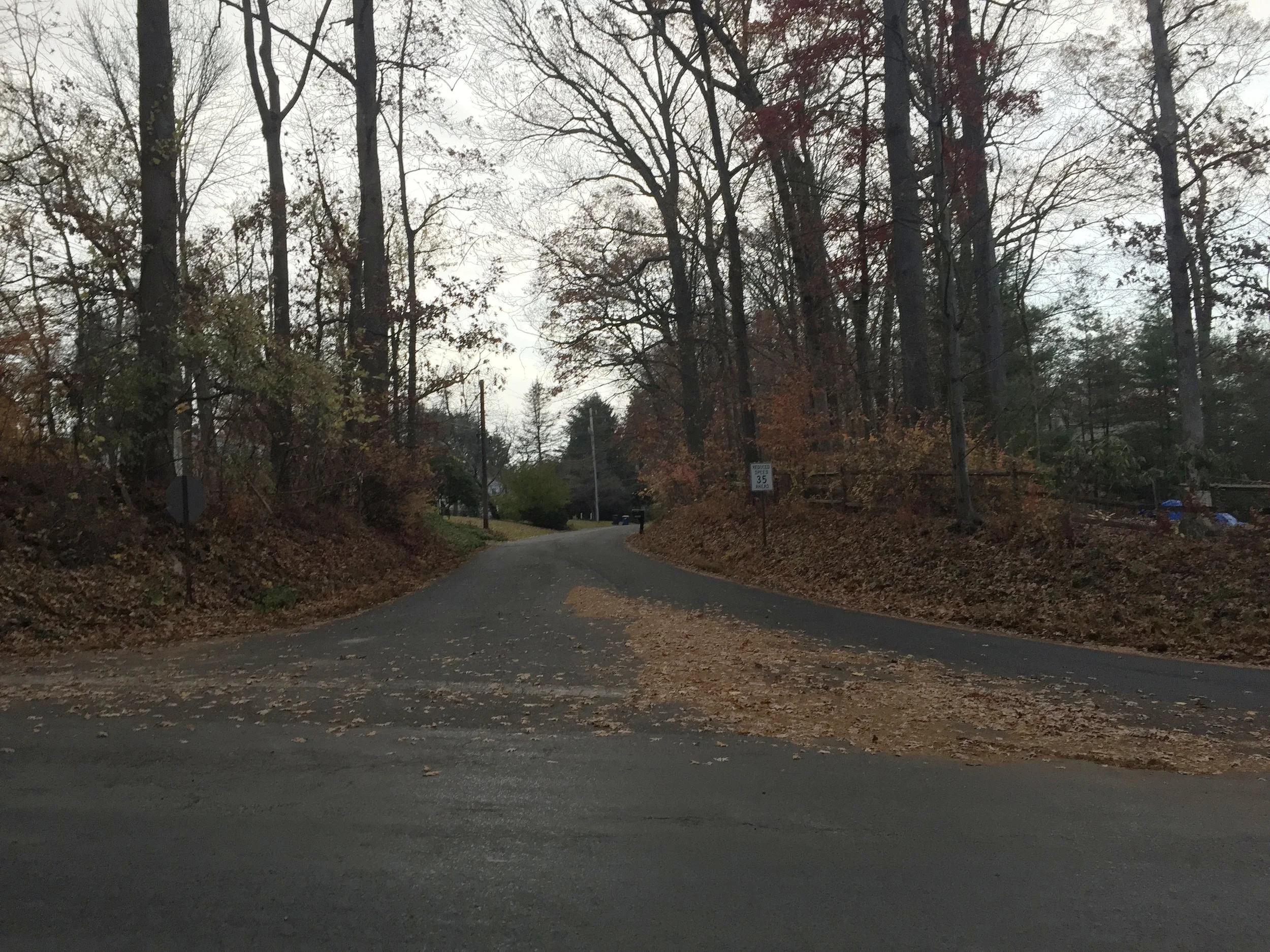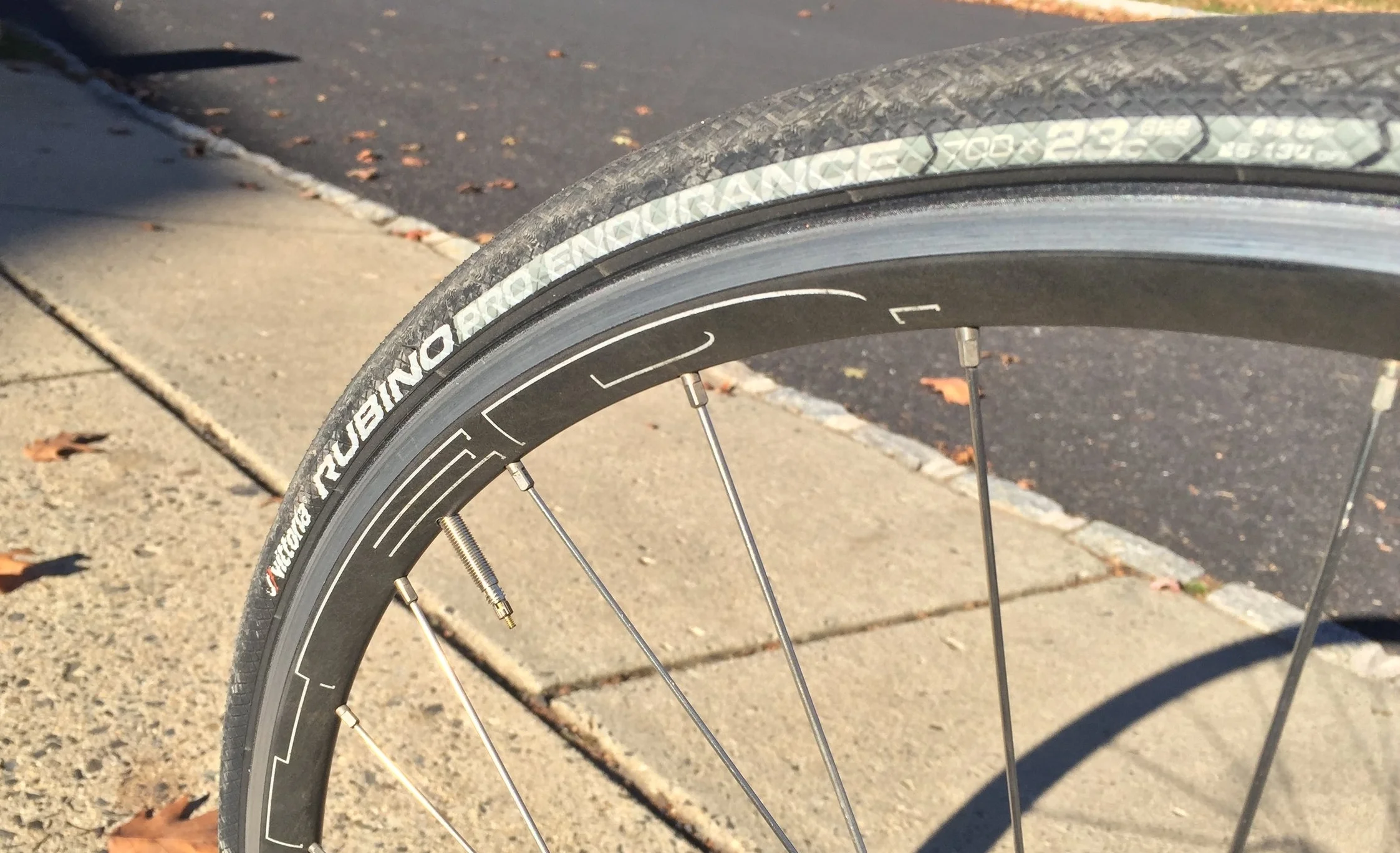Essay: On Slippery Rail Season
(2016) Around here a public train transportation fan can hardly walk into a station without seeing a placard announcing the fall months as ‘Slippery Rail Season’. Until recently I did not pay attention to this unofficial season, nor was I aware that Southeastern Pennsylvania Transportation Authority (SEPTA) saw such a need to declare one. Upon further perseverations, I realized it’s also slippery road season, if for just a fraction of the similarities.
According to SEPTA, slippery rail season comes about because of those pesky leaves that have given up their job (quitters) of making energy for the hardwood trees. As the leaves fall onto the train tracks, they leave (ugh, sorry) a residue as the amount of leaves pile up (these puns are not by design). What happens next is a vibratory commuter train trying to come to a stop on these slicked up rails. Really the only suggestion the transportation authority recommends is to allow extra travel time since no one save one person is in control of the entire train. That is, how exactly does this affect me if I can do nothing about a skipping train? Perhaps I’ll forgo my house of cards project. Furthermore I don't intend to walk on train tracks to reach a destination. That's just not safe, and not because of the slippery rails.
Yet Pennsylvania roads prove to be just as treacherous during these months. I can think of several exhibitions of the quintessential Pennsylvania intersection: remarkably steep downhill into a stop sign with approximately seven inches of safe stopping room. During these months it is extra exciting with the addition of leaf piles occupying some of these shut-down areas.
A few years back I remember quite the approach to one of these stop signs. Our ride wasn’t ‘coming in hot’ so to speak. We all knew the respect owed to the area where Burnt House Hill Road (how’s that for ominous?) and Fell Road (just as ominous) intersect. Fell Road goes slightly downhill for about ten feet, but it’s just enough of a decline to create a concerning slippage due to the massive and ancient oak tree canopy hovering over the stop sign. The traverse through this intersection even had a healthy dosage of precipitation.
Just in case you thought I was making this season up, SEPTA's newsletter has this quaint graphic announcing its arrival.
I approached the intersection with caution but even my awareness was no match for the conglomerate of leaves. Through sheer black magic I was able to keep the front wheel vertical while trying to arrest my forward progress into the cross-cross traffic of Burnt House Hill Road. No doubt sheer nervousness led to me locking up my rear wheel. Concern was betrayed on my face, as I looked left to see a motorist who may have started thinking, “Now why in the hell is he…?” As much as I’d love to romance the ending of that story with some sort of Danny Macaskill finish, it basically ended there with a foot down and a nervous laugh. Though I vowed to remember slippery leaves in the fall from now on.
With the recent fashion of sporting leaf blowers, the danger seems to have enhanced itself over the past few years. For some reason people tolerate homeowners who enjoy blowing their yard waste into the road for motorists to crush up or send sailing down to the neighbor’s front yard (see: not my problem anymore), who, no doubt, is blowing his waste down the road, too. Yet there are many intersections oddly designed to facilitate the embiggening (a perfectly cromulent word) of those pesky leaf piles.
Just tonight a soft rain began to fall as I passed one of the intersections that exemplify the oddities of a situation that could escalate quickly. Stover Mill Road dumps riders onto Street Road with a lovely obstacle in between. The crushed leaf matter is dead center of the intersection, most likely where a cyclist would go should s/he want to turn left. With the precipitation a repeat of my experience may come about. It is my hope that each scenario is played out safely, but still, should you find the bike vibrating, perhaps you could take the advice of a SEPTA placard and leave extra traveling time just in case.





